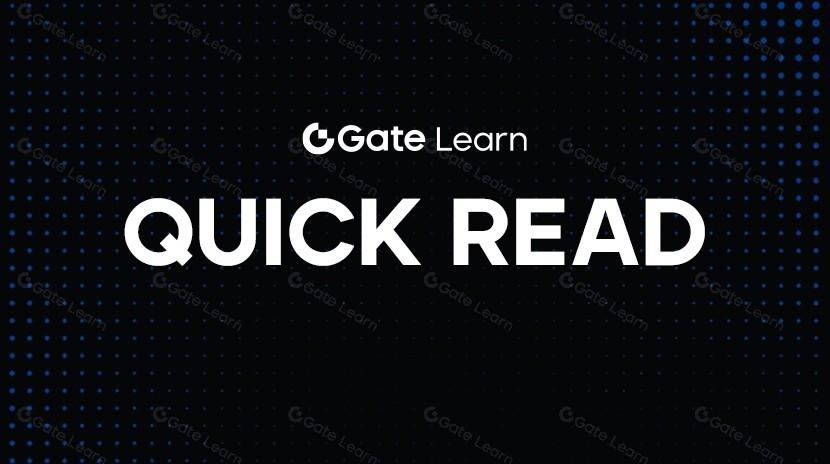CHESS Token: O Token Nativo da Tranchess

Fonte da imagem: https://tranchess.com/
À medida que a finance descentralizada (DeFi) continua a evoluir, protocolos como Tranchess oferecem oportunidades de investimento únicas com produtos estruturados para aumentar o rendimento. Inspirado em fundos de tranches tradicionais, Tranchess atende a diferentes apetites de risco dos investidores, fornecendo diferentes perfis de risco-retorno a partir de um único fundo principal que acompanha ativos subjacentes específicos, como BTC, ETH ou BNB. No centro deste ecossistema encontra-se o token CHESS, o token de governança e utilidade da Tranchess. Em 21 de março de 2025, o CHESS tem uma capitalização de mercado de aproximadamente $19.07 milhões e é ativamente negociado em Gate.
Este artigo explora a utilidade do token CHESS, o desempenho de mercado, o potencial de investimento e como negociá-lo eficazmente na Gate.io.
Como Tranchess Funciona (Mecanismo Principal)
Tranchess é um protocolo DeFi estruturado que oferece rastreamento de ativos que aumentam o rendimento com soluções personalizadas de risco-retorno. Inspirado em fundos de tranches tradicionais, o Tranchess permite aos investidores escolher diferentes perfis de risco-retorno de um único fundo que rastreia BTC, ETH ou BNB. O protocolo alcança isso dividindo um único fundo de investimento em três tranches:
Token RAINHA (Fundo Base): Acompanha o ativo subjacente (BTC, ETH ou BNB) e gera rendimento.
Token BISHOP (Tranche de Aumento de Rendimento): Concebido para investidores em rendimento de stablecoin, fornecendo um rendimento percentual anual (APY) entre 7% a 22%.
ROOK Token (Tranche Alavancada): Oferece exposição alavancada a ativos cripto sem o risco de liquidação forçada, com rendimentos adicionais entre 1,5% e 10%.
CHESS Token: O token de governança e utilidade que alimenta o ecossistema Tranchess.
Os utilizadores interagem com estes tokens através dos mercados primário e secundário, otimizando a sua exposição ao risco e recompensa.
Desempenho de Mercado do Token CHESS na Gate.io
Em 21 de março de 2025, o token CHESS tem um limite de mercado de $19.07 milhões, com um volume de negociação de 24 horas superior a $3 milhões. É ativamente negociado em várias plataformas, incluindo Gate.io, proporcionando alta liquidez para traders e investidores.
Principais Características e Utilidades do Token CHESS
O token CHESS desempenha um papel fundamental dentro do ecossistema Tranchess. Aqui estão suas funções principais:
Governança: Os detentores de CHESS podem participar na governança do protocolo, votando em propostas como ajustes de taxas, incentivos de liquidez e integrações de novos ativos.
Staking & Rewards: Os utilizadores podem apostar CHESS para ganhar recompensas, aumentando o rendimento geral.
Yield Farming: CHESS pode ser cultivado ao apostar tokens QUEEN, BISHOP ou ROOK.
Incentivos do Protocolo: CHESS incentiva os provedores de liquidez e participantes do protocolo.
Negociação e Disponibilidade: CHESS está disponível para negociação na Gate.io, Binance e PancakeSwap.
Para uma análise abrangente da tokenomia da CHESS, visite CoinMarketCap.
Como negociar CHESS Token na Gate.io
Registe-se ou Inicie sessão: Crie uma conta em Gate.io.
Deposite Fundos: Adicione USDT ou outra criptomoeda suportada à sua carteira Gate.io.
Navegue até a Página de Negociação CHESS: Vá para Gate.io CHESS/USDT.
Executar uma negociação: Escolha entre uma ordem de mercado ou limite e complete a sua transação.
Proteja os seus Tokens CHESS: Guarde-os na sua carteira Gate.io ou transfira-os para uma carteira DeFi segura.
Desenvolvimentos Recentes & Roteiro Futuro
Tranchess continua a evoluir com grandes atualizações:
Expansão do Staking Líquido: Os utilizadores podem fazer staking de ativos em redes PoS sem sacrificar a liquidez.
Expansão Cross-Chain: Planos para suportar várias blockchains para além da BNB Chain.
Estratégias de Rendimento Automatizadas: Estratégias algorítmicas para investidores passivos.
Mais Utilitários CHESS: Incentivos aprimorados para participação na governança.
Novo Suporte de Ativos: Expansão para além de BTC, ETH e BNB.
Por que usar Tranchess?
Tranchess é ideal para:
Investidores avessos ao risco: BISHOP oferece um rendimento estável.
Detentores de Cripto a Longo Prazo: Os detentores de QUEEN beneficiam da otimização do rendimento.
Traders em busca de alavancagem: ROOK oferece exposição alavancada sem risco de liquidação.
Participantes da Governança: os detentores de CHESS influenciam a evolução do protocolo.
Pensamentos Finais: CHESS é um Bom Investimento?
O token CHESS desempenha um papel crucial no modelo DeFi estruturado da Tranchess, oferecendo participação na governança, recompensas de staking e exposição a estratégias de aumento de rendimento. À medida que a Tranchess continua a expandir, espera-se que a utilidade e proposta de valor do CHESS cresçam.
Para investir em CHESS, inscreva-se e negocie na Gate.iohoje!
Aviso legal: Este artigo é apenas para fins informativos e não deve ser considerado aconselhamento financeiro. Sempre conduza sua própria pesquisa antes de tomar decisões de investimento.
Artigos relacionados
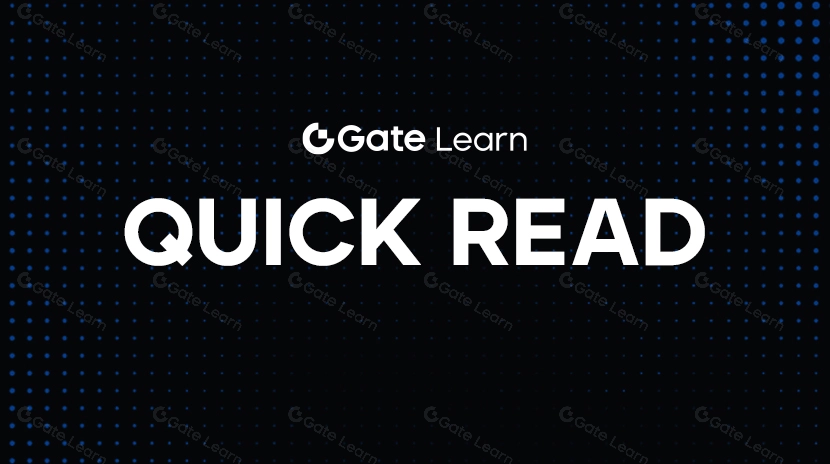
Analisando o Hack do Bybit Usando o Ataque de Assinatura Múltipla Radiant como Exemplo
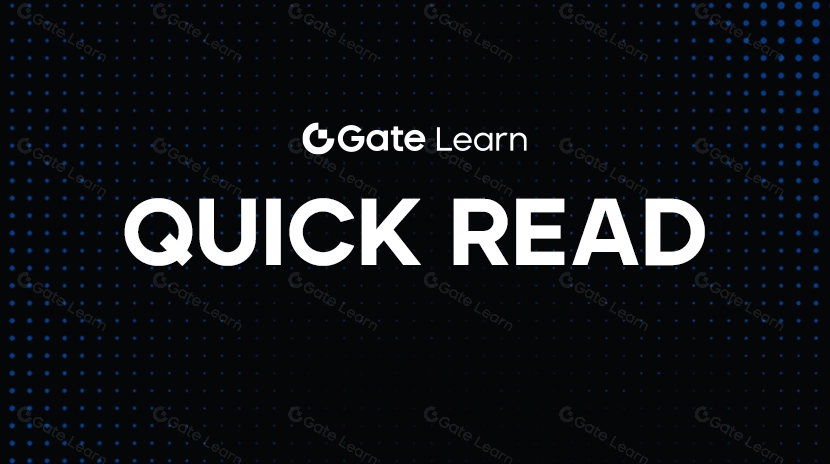
A esplêndida bolha e a verdade perdida das tokens de celebridade
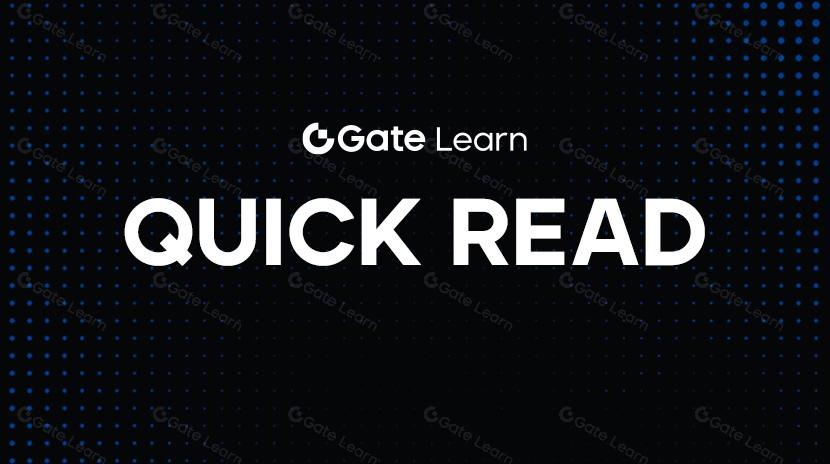
O que é FLock.io (FLOCK)?
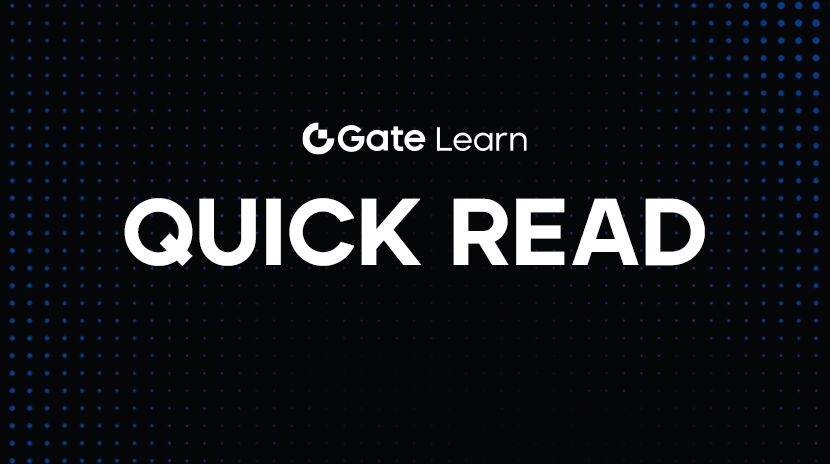
Os mais recentes desenvolvimentos de Cardano (ADA)
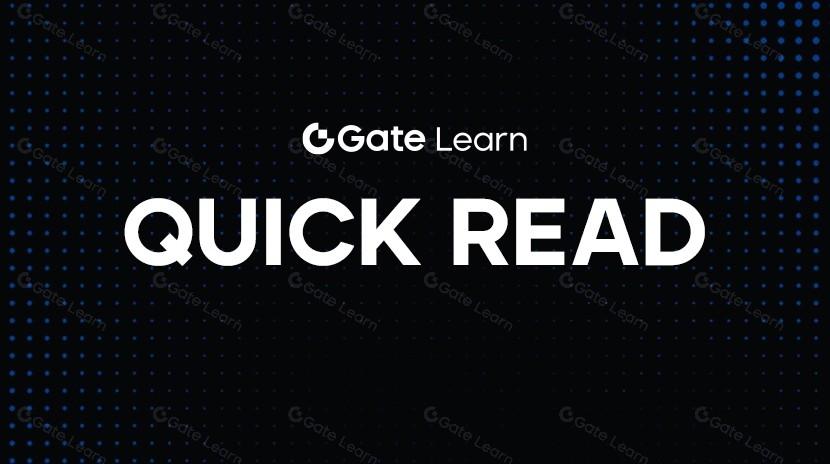
Grok AI, GrokCoin & Grok: o Hype e a Realidade
